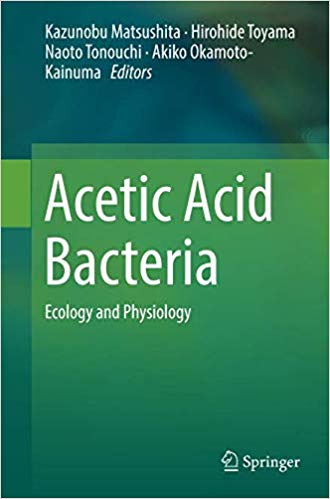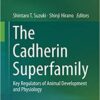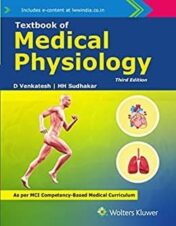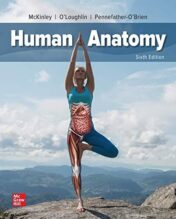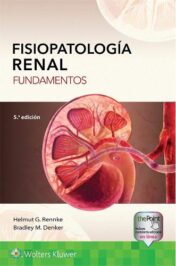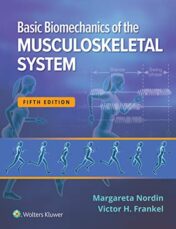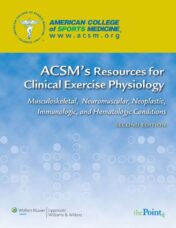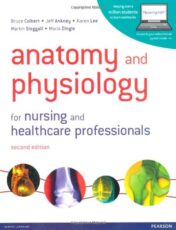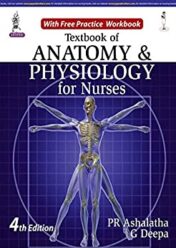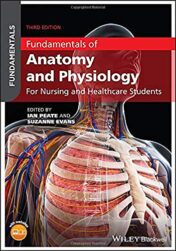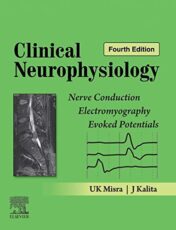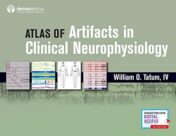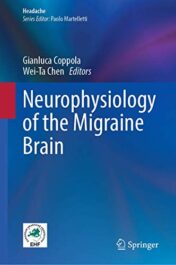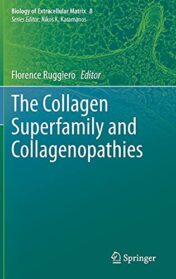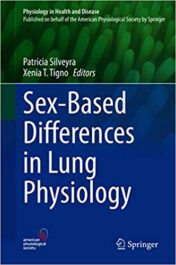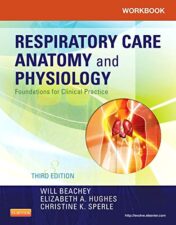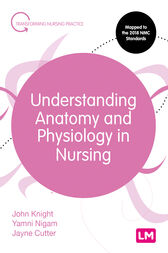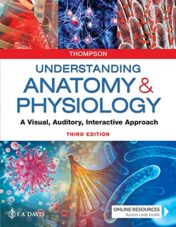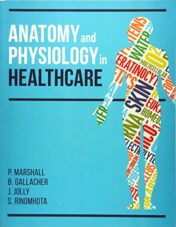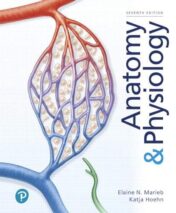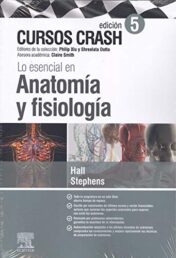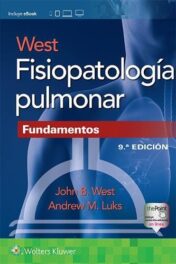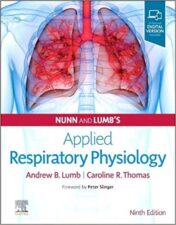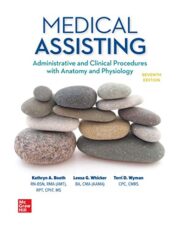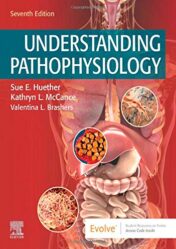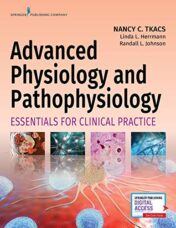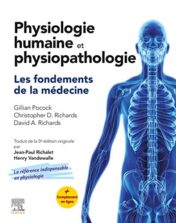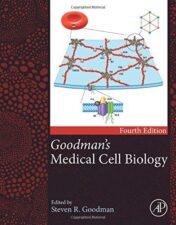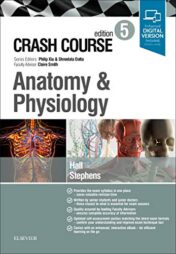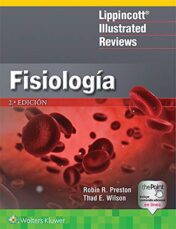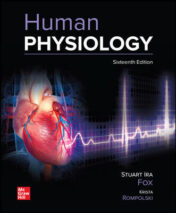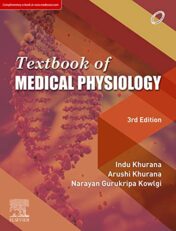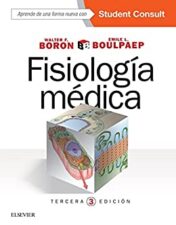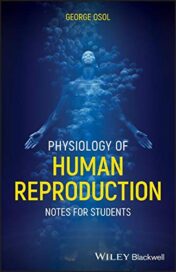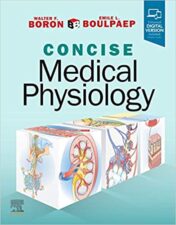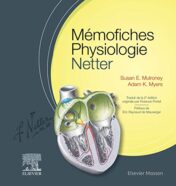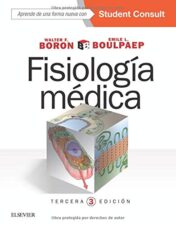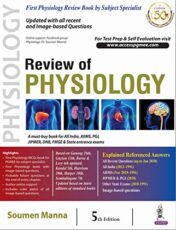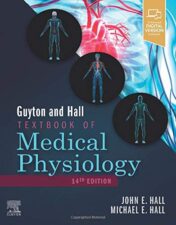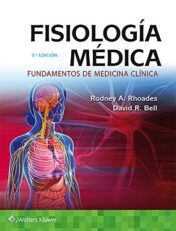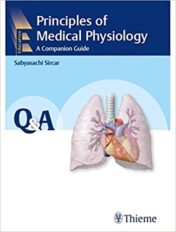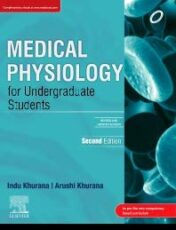- Paperback: 360 pages
- Publisher: Springer; Softcover reprint of the original 1st ed. 2016 edition (June 13, 2018)
- Language: English
- Format: PDF Original
- ==========================+======================
-
Note : We will send ebook download link after confirmation of payment via paypal success
Payment methods: Visa or master card (Paypal)
Acetic Acid Bacteria: Ecology and Physiology
$16
by Kazunobu Matsushita (Editor)
Acetic Acid Bacteria: Ecology and Physiology
by Kazunobu Matsushita (Editor)
This book provides all facets of acetic acid bacteria (AAB) and offers the future targets and directions of AAB research. It summarizes the distinctive physiological properties of AAB and the recent progress on AAB study, especially in the following five areas: 1) Molecular phylogeny and genome study of AAB; 2) Ecological features of AAB: interaction with plants, natural fermentation systems, and insects; 3) Physiological features and living strategies of AAB, including rapid oxidation ability, acid resistance, biofilm formation, and genetic instability; 4) Molecular mechanisms of several oxidative fermentations such as acetate fermentation, sorbose fermentation, and ketogluconate fermentation; 5) Recent biotechnological aspects of AAB: biocatalysts, biosensors, biocellulose, and other useful polysaccharides.
AAB research has a long history since the discovery of AAB by Louis Pasteur and the identification of AAB by Martinus Beijerinck in the nineteenth century. In the twentieth century, basic research on the taxonomic study of AAB and on biochemical study for the unique oxidative reactions of AAB had progressed as well as the industrial application of AAB not only in vinegar fermentation but also in the bioconversion process for useful chemical or pharmaceutical products. Entering the twenty-first century, AAB research has expanded more, and further progress is expected to be seen in all fields of AAB: classification and ecology, physiology and biochemistry, genetics, and biotechnology of vinegar fermentation and other oxidative fermentations. Far-reaching development in the last decade makes these bacteria more valuable for various industrial uses. Readers can obtain useful and comprehensive information which is exciting in aspects of basic science and provides hints for the better application of these bacteria to various kinds of practical production scenarios as well.
Product details
Related Products
Physiology Books
Physiology Books
Textbook of Medical Physiology, 3rd edition Original PDF 2020
Physiology Books
Physiology Books
Physiology Books
Physiology and Nutrition for Amateur Wrestling (Original PDF)
Physiology Books
Physiology Books
Physiology Books
Physiology Books
Sports Physiology – Medical School Crash Course (Original PDF)
Physiology Books
Physiology Books
Atlas of Artifacts in Clinical Neurophysiology (Original PDF)
Physiology Books
Physiology Books
Physiology Books
Physiology Books
Physiology Books
Vascular Mechanobiology in Physiology and Disease (Original PDF)
Physiology Books
The Collagen Superfamily and Collagenopathies (Original PDF)
Physiology Books
Physiology Books
West’s Respiratory Physiology, 11ed (ePub+azw3+Converted PDF)
Physiology Books
Understanding Anatomy and Physiology in Nursing (Original PDF)
Physiology Books
Physiology Books
Essentials of Anatomy & Physiology (8th Edition) Original PDF
Physiology Books
Anatomy & Physiology (Elaine Marieb) (7th Edition) Original PDF
Physiology Books
Anatomie Et Physiopathologie En Soins Infirmiers (French Edition)
Physiology Books
Ross & Wilson Pocket Reference Guide to Anatomy and Physiology
Physiology Books
Physiology Books
Physiology Books
Physiology Books
Crash Course Anatomy and Physiology, 5th Edition (ORIGINAL PDF)
Physiology Books
Physiology Books
Guyton & Hall Tratado De Fisiologia Medica 14⪠Ed (Original PDF)
Physiology Books
Physiology Books
Physiology Books
Physiology Books
Fisiología médica (Boron), 3e (Spanish Edition) (Original PDF)
Physiology Books
Physiology Books
Physiology of Human Reproduction: Notes for Students (Original PDF)
Physiology Books
Physiology Books
Human Physiology, 5th Edition – Gillian Pocock (ORIGINAL PDF)
Physiology Books
BRS Physiology (Board Review Series), 7th Edition (High Quality PDF)
Physiology Books
Physiology Books
Physiology Books

